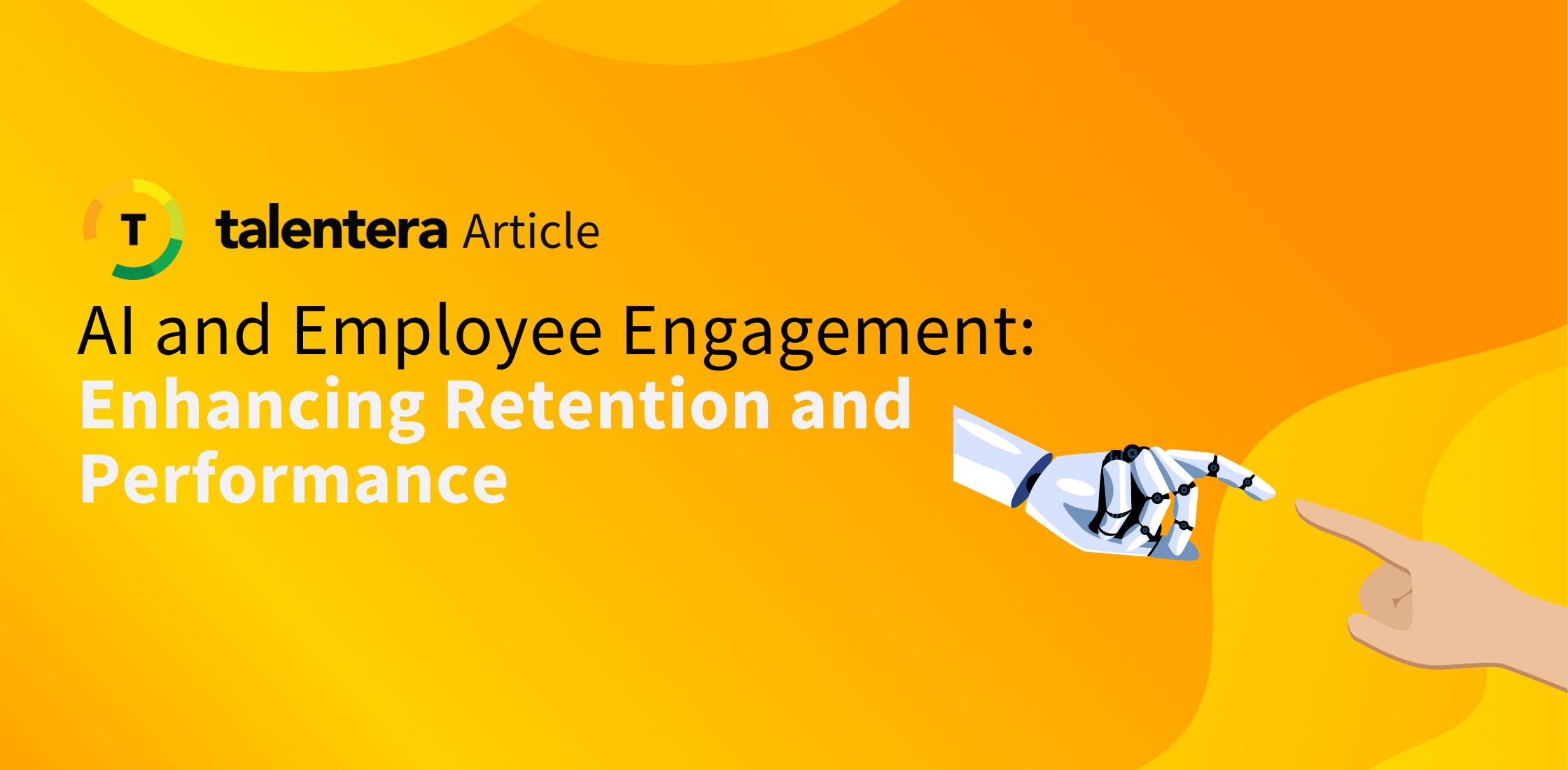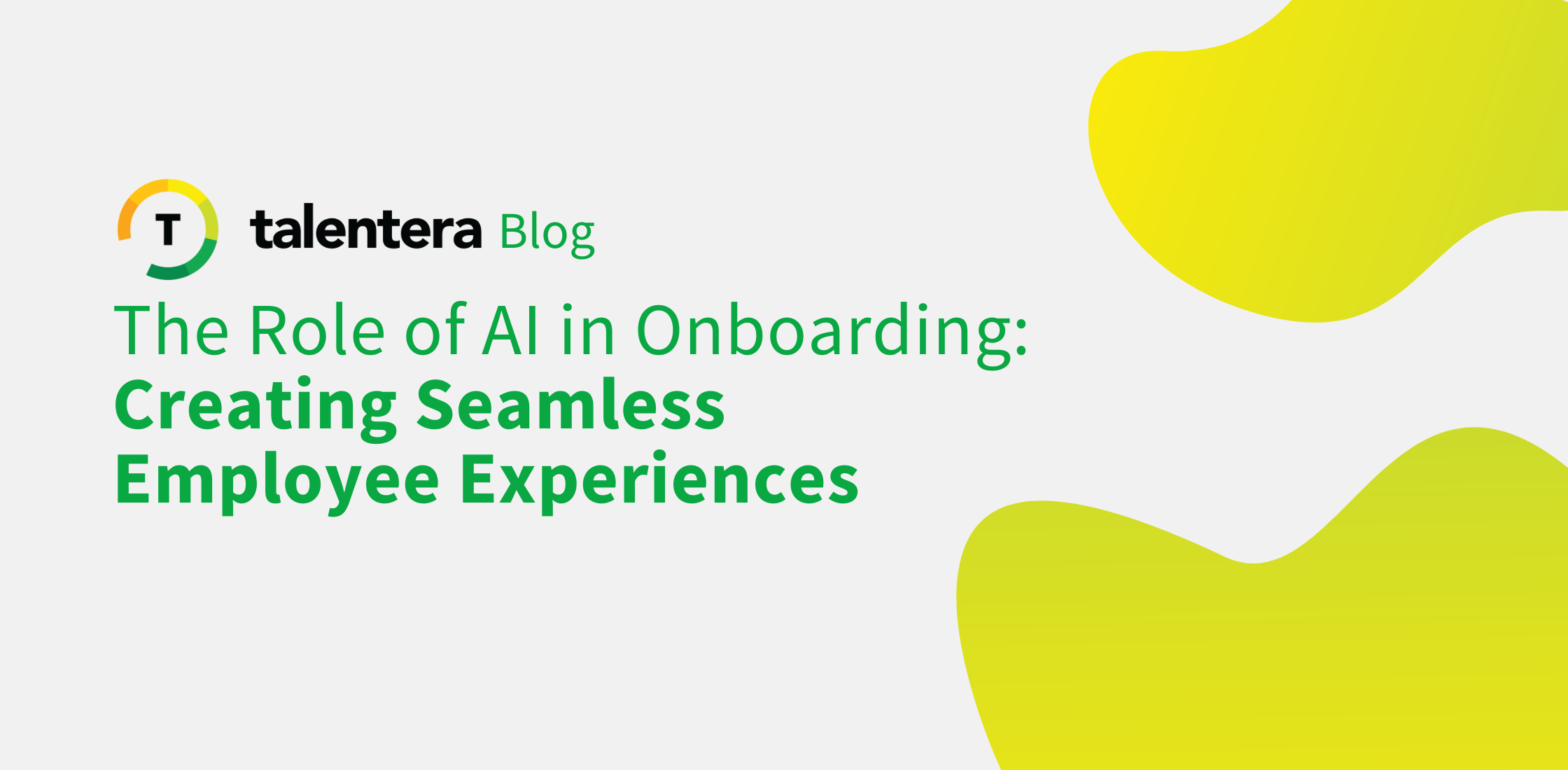
Employee Referrals are the leading tool for talent sourcing across businesses of all shapes and sizes. You need not look further than your own company to see this in action because the most reliable way to fill a position is usually to announce the vacancy to your top employees and let them rummage through their personal connections to find the ideal matches.
Be it through a physical notice board or a full-scale automated Employee Referral Program, companies are devoting a lot of time, money and energy towards fine-tuning this rewarding talent sourcing method. To learn more about the importance of Employee Referral Programs, read our article on “How are Employee Referrals a Reflection of Your Employer Brand”.
Without further ado, let’s dig into the surefire ways you can make the program deliver on its investment and surpass all expectations.
Tweak the Bonus Process
Most companies approach the referral bonus system by offering a flat incentive and adding tiers based on how their referral progresses through the hiring funnel. The problem with this is that you oftentimes end up paying bonuses for referrals who don’t even make it to your company as well as those who leave before they’ve completed their training. This all adds up to expenses with zero value reaped.
To amend this, make it a practice to only reward employees once their referrals complete 12-24-36 month cycles in the company and add a bonus for each cycle their referrals complete. Not only will this match your bonus spend to the value added by the referred employee, it will also ensure that your current employees are incentivized to refer the best people.
Modify the Reward Structure
Cash rewards are great but they’re certainly not everything. Try to incorporate a mixed set of monetary and non-monetary rewards in your  referral reward structure so that there’s something for everyone. Gift vouchers, sports match tickets, early offs and vacations are just some of the non-monetary awards that your employees will appreciate. Not only are these lighter on the pocket, they’re much easier to brag about which makes them more popular too.
referral reward structure so that there’s something for everyone. Gift vouchers, sports match tickets, early offs and vacations are just some of the non-monetary awards that your employees will appreciate. Not only are these lighter on the pocket, they’re much easier to brag about which makes them more popular too.
You should also set criteria and differentiate rewards accordingly. For instance, someone who refers a candidate for a difficult job vacancy deserves a higher bonus than someone who helps close an easy position. The same can apply to filling jobs based on organizational hierarchies where helping to fill managerial positions warrants a higher bonus than closing an entry-level position. Be sure to have these rules communicated across the company to maximize transparency. You don’t want an employee getting upset over getting a smaller reward simply because they were not aware of the criteria.
Go for the Data
According to ERE Recruiting Intelligence, even an average performing program produces 26% of all hires for any given company with referred  employees being 13 times more likely to better meet job requirements and 17% more likely to accept job offers.
employees being 13 times more likely to better meet job requirements and 17% more likely to accept job offers.
These numbers are hard to deny which is why you need to quantify the program’s results. By simply tabulating what the cost per hire is for a certain type of job using other sourcing tools versus the referral bonus paid out, you can clearly see the costs saved. The same kind of simple comparison was used to determine that companies with efficient Employee Referral Programs save about $3,000 per hire on average.
Make it a practice to religiously compare employee referrals with candidates sourced from Recruitment Agencies, Social Media and direct applications on various HR metrics such as retention rates, time-to-hire and job satisfaction. This will keep you up to speed on your program’s strengths that you need to nurture along with its weaknesses that need to be corrected. It will also make a stronger case for your Finance department when you have to negotiate for higher referral bonuses.
Widen Program Participation
The larger the number of people participating in your program, the higher its returns will be. Enable everyone including consultants, contractors, and shareholders to engage with the program and recommend their most able connections. By doing this, you open the floor to a diverse referral pool with no real incremental investment. You can also use crowdsourced recruitment to maximize the reach of the larger online community.
Budget Backwards
It doesn’t matter if you’re a startup or a global enterprise, your quantifiable goals must be factored into any strategy that you devise. It’s also true that what one company might be able to do in $10,000 would take another company many times as much. The secret to budgeting for a killer Employee Referral Program lies in working backward so ask yourself the following:
- What is your projected number of hires for the next cycle?
- What percentage of your total hires would you like to obtain from your Employee Referral Program?
- To pull this off, what resources would your company require?
- What is the cost of each of these resources? Sum them up.
Add another 20% to cover things that might have been overlooked and you have a decent budget for the year.
Final Thoughts
Once you start standardizing your employee referral system, be sure to keep one thing in mind: This is a strategic decision which requires devoted attention. Don’t expect to maximize benefits from it if you go ad-hoc. Instead, have someone overlook its health so that you have someone who is responsible and accountable for its growth and success. You will also notice that not all the benefits will immediately manifest as hard cash savings. However, once you factor in all the time saved, reduced employee turnover and increased productivity, you will visibly see all the money that a well-executed Employee Referral Program saves. To learn more about how to set one up, read our article on “How to build a Winning Employee Referral Program”.






